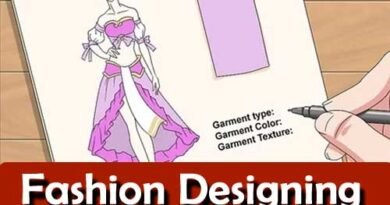Dress Draping part 02
Types of Draping Techniques
1. Princess Draping:
- Description: Draping fabric to create a fitted bodice with vertical seams that follow the natural contours of the body.
- Applications: Dresses, blouses, and structured tops requiring precise fit and shaping.
2. Gathers and Ruching:
- Description: Gathering fabric to create soft folds and gathers, adding texture and volume to garments.
- Applications: Evening gowns, skirts, and dresses for special occasions.
3. Bias Draping:
- Description: Draping fabric on the bias (diagonal grain), creating fluid and drapey garments that cling to the body.
- Applications: Bias-cut dresses, skirts, and tops known for their flattering fit and movement.
4. Sculptural Draping:

- Description: Manipulating fabric to create sculptural forms and shapes, often with exaggerated folds and asymmetry.
- Applications: Avant-garde fashion, couture garments, and experimental designs.
Practical Applications in Fashion Design
1. Couture and High Fashion:
- Customization: Draping used to create one-of-a-kind couture pieces tailored to individual clients.
- Innovation: Pushing creative boundaries with unique draping techniques and unconventional fabric manipulations.
2. Ready-to-Wear Collections:
- Prototyping: Draping for creating prototypes and samples before production, ensuring design integrity and fit.
- Efficiency: Streamlining the design process by visualizing and refining garment shapes directly on the dress form.
3. Pattern Development:
- Pattern Making: Translating draped designs into flat patterns for mass production, ensuring consistency and scalability.
- Collaboration: Collaborating with pattern makers and garment technologists to finalize patterns based on draped prototypes.
Historical Context and Contemporary Relevance
